Can you use Class II road base for concrete mixes? I ask because my local landscape supplier only sells road base. This is for fence posts. I was thinking of using a 5 bag mix.
Discussion Forum
Discussion Forum
Up Next
Video Shorts
Featured Story
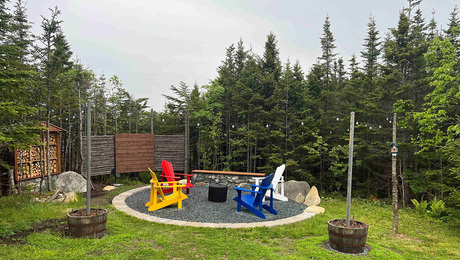
Listeners write in about fireplaces affecting family harmony and bionic suits, before asking questions about brick steps, ground-source heat pumps, and building a dome greenhouse in Maritime Canada.
Featured Video
SawStop's Portable Tablesaw is Bigger and Better Than BeforeHighlights
"I have learned so much thanks to the searchable articles on the FHB website. I can confidently say that I expect to be a life-long subscriber." - M.K.
Fine Homebuilding Magazine
- Home Group
- Antique Trader
- Arts & Crafts Homes
- Bank Note Reporter
- Cabin Life
- Cuisine at Home
- Fine Gardening
- Fine Woodworking
- Green Building Advisor
- Garden Gate
- Horticulture
- Keep Craft Alive
- Log Home Living
- Military Trader/Vehicles
- Numismatic News
- Numismaster
- Old Cars Weekly
- Old House Journal
- Period Homes
- Popular Woodworking
- Script
- ShopNotes
- Sports Collectors Digest
- Threads
- Timber Home Living
- Traditional Building
- Woodsmith
- World Coin News
- Writer's Digest
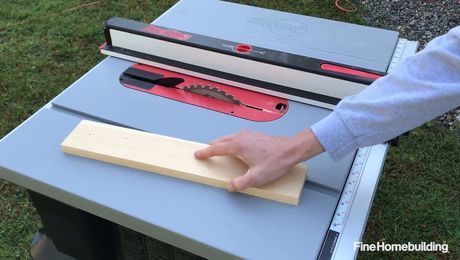
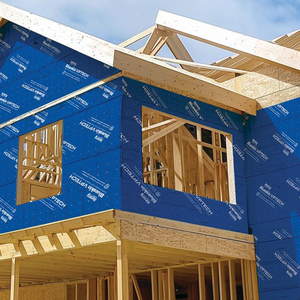
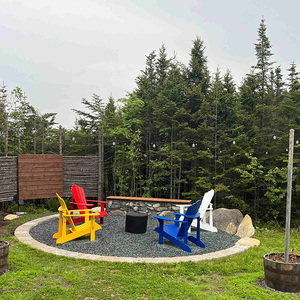

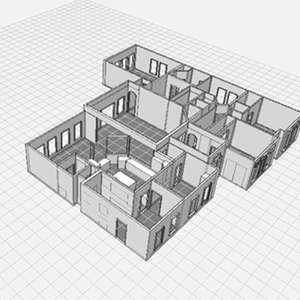













Replies
I wouldn't. I'm not familiar with the terminology "Class II", but any base course I've ever used had a lot of dirt in it, which is good for base and bad for concrete.
Clean, sharp, angular material properly graded without excessive fines is what you want for concrete. No clay, no silt.
Brownbagg could probably say more about this, it's his specialty.
Class 2 AB , basically two types, 1.5 inch max. or 0.75 inch max.
Both types shall be free from organic matter and other deleterious substances, and shall be of such nature that it can be compacted readily under watering and rolling to form a firm, stable base.
3/4" (Common) Grading Operating Range, % passing as follows:
100 % 1 " screen
90-100 % 3/4" screen
35-60 % No. 4
10-30 % No. 30
2-9 % No. 200
Quality Requirements
Resistance (R-value) 78 Min. Good Stuff
Sand equivalent 25 Min. some fines OK, fill voids
Durability 35 Min good
All in all, this is GREAT stuff. Depending on the grading of your particular load of material, I think that you should mix up a trial batch and see how it's workabilty/constructabilty works for you. Some sources need to Manufacture (Crush/grade) the material so there could be a high percentage of fracture(NOT ROUND) aggregate. This could affect workability.
I'd say go for it.
If you are using for post holes, if you were to "ram-pack" it in the hole, you might even be able to leave out the cement. If graded properly, it will compact very densely.
I love the stuff.
I agree with Bigdog--leave the concrete out of it--just pack the road base around the posts; it will drain better and the posts will last longer than if you use concrete.
thanks guys,I'm not actually burying wood - it's to set Simpson CB44 post bases in as well as for haunching for a brick path. Simpson says not OK to use their post bases for fences (wind issues I suspect) but the better builders in my area (not much wind) use post baes extensively.I'm going that route because I really, really like the idea of getting wood out of the ground, for redwood it seems like whatever you use: cement or gravel pack it's a loosing proposition - it's gonna rot - and the thing is, it doesn't seem to me that it needs to be that way. Stainless steel nails and HDG post bases with HDG bolts is the route I'm taking and I'm hoping for a 50 year life span. Any takers? I'll be 88 but I'm good for it!
I know I have at least a 1,000 CB's in the ground (56mod ) custom for 5x6 r.s. pt posts. Have had disc. with both KantSag & Simpson eng. about fence type use. Mine are mainly boardwalk & deck installs;i.e. tied together both ways. Used a few in a guardrail (fence configuration) It seems to me when you set posts & they are 4', 5', 6' or taller you really create a lever working against just those 1/2" bolts and the concrete in the ground. I built in public spaces and the railing seemed a natural target for kids to try to tear down Their success came from cranking on the posts till they loosened up concrete or actually caused post failure at the holes. Also, if you use them remember to either dig below frost (if applicable) or drain the bottom of your holes. If you don't Mother Earth will poop 'em out like a bad chicken dinner. I agree totally about keeping wood out of the ground whenever possible ,but in the case of fences I vote with the previous posters; good draining ,packed gravel & 25 yrs of life. ONE LOVE Norskeboy
Thanks Norskeboy, That's the thing about these forums, there's always someone whose done it and has the stories to tell. I appreciate the advice. When you say 'if you use them...drain the bottom of your holes' you mean with the CB44 + concrete plug, to put gravel underneath? or something else - not sure I understand. What size concrete plug did you use? I was thinking that the basic lever doesn't change and that you'd use the same size plug even if you weren't burying the actual post, i.e. 1/3 underground, 2/3 above. (oh, I should mention, the fence in question is a backyard fence).Simpson is now starting to sell a line of fixtures that use hardened screws instead of bolts, I suspect they help tremendously with the failure you mention, as the holes won't be lined up like 2 bolt holes which create a weak point in the wood, plus you're using multiple screws.-s
First, all these are in Northern Mn. so 5+ feet of frost is the norm.My laborers could only dig to about 32" limited by the length of tool handles,so any where the bottom of the holes showed any signs of being at all damp we placed 3/4" washed rock (3" to 4" deep) then a 10" Sonotube to 1" to 2" above grade. In several areas we encountered ground water at or before our 32" depth. In those cases I actually drained individual holes usually using a French drain to move water thru the bottom of hole. A real pita.But it worked I've had 2 failures out of a 1000+ holes & they were dug in dry summer, no sign of ground water until next spring when they popped out of the ground. Retro'ed drainage a no more prob.1 other tip, I'd wet set the CB's using spacer sticks to hold above top of tube then comeback when concrete supports the CB pull the spacers & level base both ways with torpedo level & hammer.Allows you to square cut posts be very close to plumb when stood up on base. I have used the Simpson bases with their new screw deals biggest advantage was time vs. drilling those 2- 1/2" holes accurately. I think the change in materials( wood to steel/concrete) creates hinge point where the wood can be made to wear against the steel with concrete providing a counterforce. the Simpson screws may make this attachment more monolithic. Good luck Norskeboy
once again, much appreciated tip on setting the CB's. The CB hole is 5/8 but I take it it's recommended to use 1/2" bolts? did you measure and drill; mark in place, remove and drill; or hold in place and drill? Any issues with the posts rattling around with the 1/8" slop in the hole or am I worrying about nothing.
storme, 1 guy holds post plumb on cb with level other one drills straight thru 1 hole install & snug bolt while plumbing post; drill second hole & tighten both bolts down.Never had a problem with 5/8 holes being loose. Oh yea use a 1/2" x 12" twist drill Don't bother trying with an auger bit. They wander too much & if you miss hole slightly you'll ruin bit; with twist you can actually catch edge of factory hole and keep going thru. As far as alternative digging tools we tried them all but the North Shore of Lake Superior has soil consistency of 1" rock,nuggets, cobbles, boulders, a little clay and yep, that's ledge rock.Best tools were a #2 round point, rock bar,Pulaski & most importantly a couple of old (64yrs.& 75 yrs.) laborers!!! "One Love" Norskeboy
!!! digging post holes at 75? yowza. Thanks for the tips. -s
For what it's worth there is a post hole digger, called the Boston Digger, that can go a little deeper. They claim 36 to 48".http://www.hooverfence.com/tools/nu-boston-digger.htm
for that mattter, you can rent a 2 person auger for $120 a day that will go deeper.